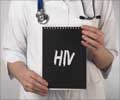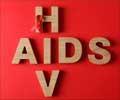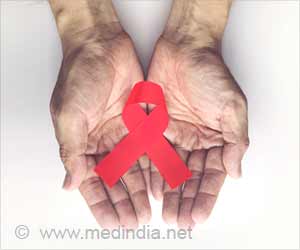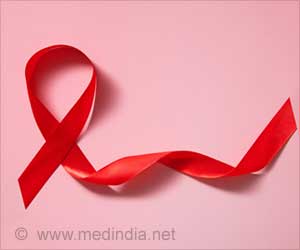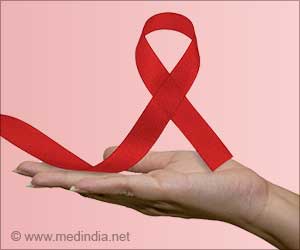According to a report, overall death rates due to HIV infection declined over time between 1993 and 2007 for most men and women by race/ethnicity and educational levels.
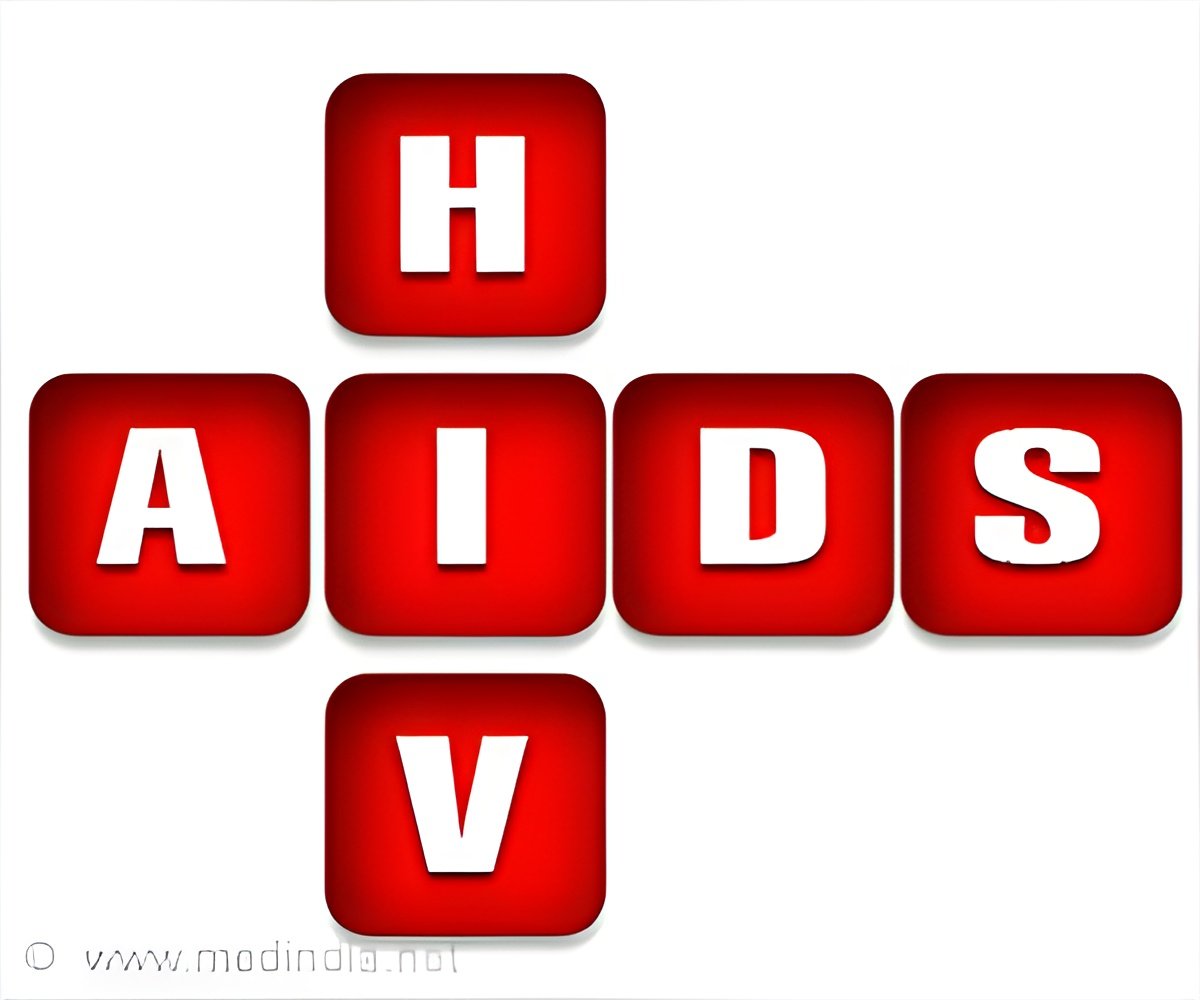
Edgar P. Simard, Ph.D., M.P.H., of the American Cancer Society, and colleagues examined trends in HIV mortality by individual levels of educational attainment as a proxy for socioeconomic status (SES) and by sex and race/ethnicity. The authors' analysis included 91,307 deaths due to HIV from 1993-2007 among individuals 25 to 64 years of age in 26 states reported to the National Vital Statistics System.
"In this large population-based analysis of trends in HIV death rates, we document overall significant, yet different, absolute and relative declines in mortality by sex, race/ethnicity and individual-level educational attainment as a proxy for SES. There were strong declines for all groups except for non-Hispanic black women of low SES," the authors note. "Relative declines were generally greater for those with higher educational attainment and for non-Hispanic whites, and these trends resulted in widening gaps between these groups."
Among men with the most education, mortality rates per 100,000 population decreased from 117.89 to 15.35 in blacks vs. from 26.42 to 1.79 in whites. Rates were unchanged for the least-educated black women (26.76 during 2005-2007) and remained high for similarly educated black men (52.71), the study results show.
"Notably, HIV death rates among non-Hispanic black men with 12 or fewer years of education (52.71 per 100,000 population in 2005-2007) were higher than rates among similarly educated non-Hispanic white men before widely available HIV therapies (25.77 per 100,000 population in 1993-1995)," the authors note.
Among men, the disparity rate ratio (comparing the least and the most educated) increased from 1.04 during 1993-1995 to 3.43 during 2005-2007 for blacks and from 0.98 to 2.82 for whites, according to the results.
Advertisement
Source-Eurekalert




